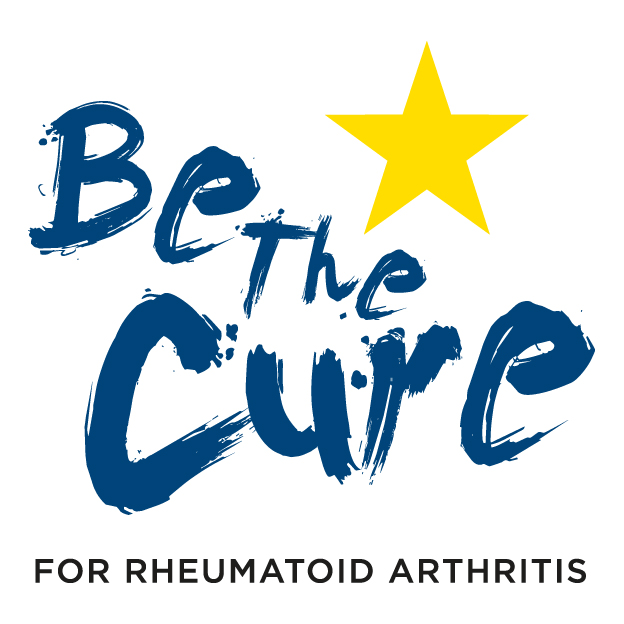Key achievements
- the pharmaceutical industry now recognises that a disease interception strategy for early treatment of people at individuals is a realistic possibility.
- new EULAR recognised definition of early/pre-rheumatoid arthritis “Clinically Suspect Athralgia” (CSA)
- led to initiation of first clinical studies in “at-risk population” APIPPRA & ARIAA with abatacept
- created opportunity to develop novel immune tolerance therapies or block early APC-T-cell events to halt progression to full disease – disrupt biologicals market
- established technology infrastructure established for immune monitoring
- patient registries & biobanks – identify patients suitable for early intervention
- over 200 publications – many in high impact journals
- patents
- more than 10 new targets identified
- improved animal models (10 SOP’s & 4 novel humanised mouse models)
- over 10 workshops - animal models, functional genomics, immune tolerance & PAD inhibitors
- improved EFPIA reputation with academics through scientific engagement
The work from groups within the BTCure consortium (and others) showed that very different genetic, environmental and thus molecular events are needed to trigger different subsets of rheumatoid arthritis (RA). The project aimed to develop an understanding of the early process in arthritis subsets that will enable the development of precise and eventually curative treatments to be used before irreversible destruction and loss of joint function and mobility have occurred in patients.
The BTCure project developed diagnostic methods to discover the early forms of RA and RA-like diseases and new tools to differentiate the different forms of RA and RA-like diseases, where different molecular mechanisms are involved and where different therapies may be required.
To achieve these goals, samples from biobanks were analysed in vitro and models were aligned with different variants of human arthritis. In addition, new models will be established using similar molecular pathways as the relevant human arthritis subsets, leading to the understanding of the etiology and early pathology of the disease for a program aimed at early and curative treatment of RA and RA-like diseases. A major focus of these efforts was to understand and subsequently alter the adaptive immune reactions in patients from a disease-inducing mode into either a protective mode against the disease or become asymptomatic. Advances made through initial research into the pathology of this group of diseases have been successful, given enough information available on the nature and regulation of disease-inducing and disease-protective immunity. With these tools the project team was able to use new understanding of aetiology and early pathology of human disease for a program aimed at early and ultimately curative treatment of human RA and RA-like diseases.

